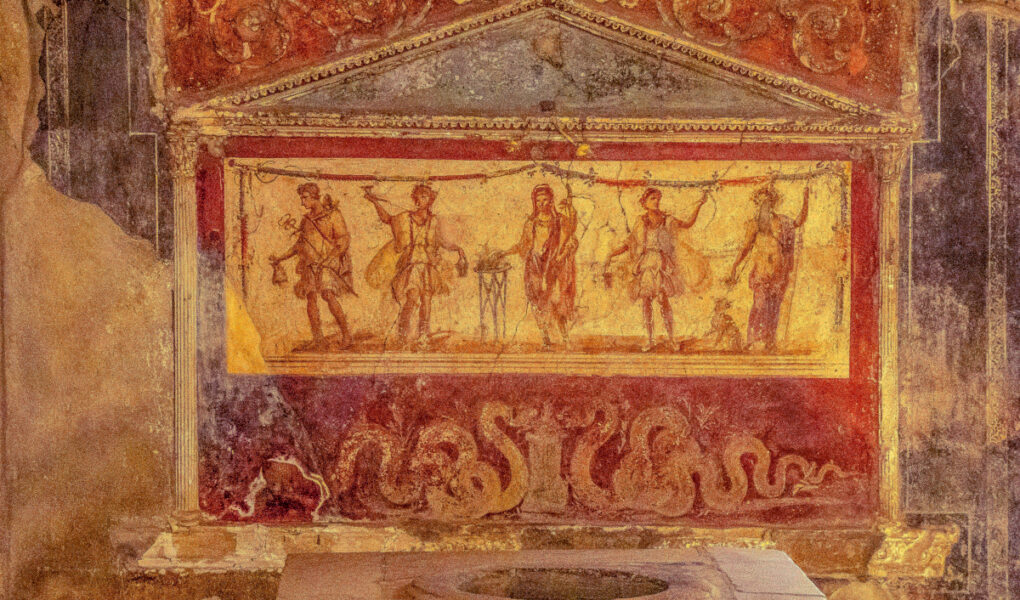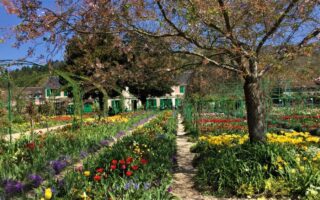Today’s motto is “Rise and shine and time travel back to the Roman Empire”
Daily life in the Roman Empire
If you could go back in time, which period would you choose? I’d probably travel back to the Roman Empire. Since we’ll have to wait for someone to invent the time machine for that, I have come up with an idea. Why don’t you accompany me to visit one of the best-preserved Roman cities in the world? Pompeii, of course. On August 24, 79 A.D., Mount Vesuvius erupted, wiping out the lives of 16,000 people and covering the towns of Pompeii, Herculaneum and Oplontis in volcanic ash and pumice, over 24 hours. Around 1,700 years after that tragic event, archaeologists discovered these towns and since then walking through them has felt like time travelling. So, let’s go to the past and see how daily life was in the Roman Empire.
The Roman Forum: the centre of public life
Our journey begins at dawn to take full advantage of the daylight, just like the Romans did. After a light breakfast, we head to the Forum, the core of public life. All the main buildings overlooked the central square: the market, the temples, the basilica (a combination of a courthouse and the town hall) and a platform stand for speakers. People came here to talk about politics and to do business, briefly for those activities that Romans called ‘negotium’. This is where the word ‘negotiation‘ comes from.
Lunch at the Thermopolium: the Roman fast-food joint
As for lunch (prandium in Latin), we’re having a quick meal in a thermopolium (literally meaning “a place where something hot is sold”), a street fast-food joint. The menu offers a good selection of light snacks, including meat, eggs, cheese, legumes, salted bread and fish, of course. After all, in Roman times, the town was close to the sea, and fishing was the largest industry. One of the most popular among the 89 take-out restaurants in Pompeii must have been the Thermopolium of Vetutius Placidus, given the considerable quantity of coins found in a clay jar. Some taverns had additional space for customers sitting at the tables. Otherwise, they had their order served at the counter. Before leaving, let’s have a look at the small altar on the back wall. Romans called it ‘lararium‘, it shows the household deities (Lari), but, in this case, also the god of trade (Mercury) and the god of wine (Dionysus).
Socializing at the bathhouse
Our next and final destination is the thermal baths, where the Romans used to go in the afternoon, not only for getting clean but also for socializing and relaxing. Their importance was such that the provincial city of Pompeii had no less than five baths. Usually, they had two separate areas, one for men and the other for women. Or, customers could enter in different time slots. The most ancient ones feature the changing room (the Apodyterium) and three baths with different temperatures. First, you would enter the warm room (the Tepidarium), then you would go in the hot room (the Caldarium). Here, hot air circulated through a piping system in the walls and under the floors. Finally, you would have a cold bath in the Frigidarium.
That’s all for today’s time travel, but we’ll go back to Pompeii to discover more the daily life in the Roman Empire.
Watch our recommended video on Pompeii
(Source: Timelines – World Histories Documentaries)



